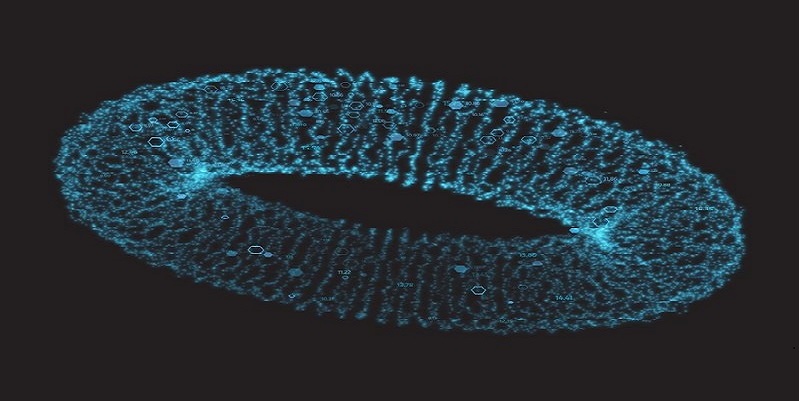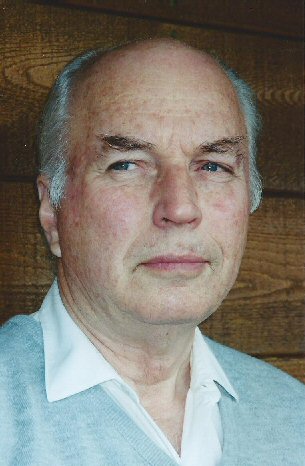Charge clusters
Round the end of the 20th century, US scientist Ken Shoulders created a very original electronic device, on which he conducted experiments by sending ultra-short high-voltage impulses. He observed the creation of uncommon localized charges (spherical form and hollow, with a diameter typically between 5 and 15 μm), made of an accumulation of 108 - 1011 electrons. Ken Shoulders called these charge accumulations « Electrum Validum » (« strong electron »), while their contemporary name is « Charge clusters » (or “Condensed Plasmoids”). He studied their behavior, lifetime, interactions with various metals, etc.

To our opinion, Ken Shoulders made a great discovery in the field of high-voltage electrophysics, while several other authors developed theories and wrote various publications about these exotic objects.
This section is providing a selection of publications by Ken Shoulders, by our Chief scientific advisor Vladimir Sapogin, and some other publications, describing the Charges Clusters, so our readers can better understand those physical objects, which are deeply involved in FREEL TECH’s innovative energy storage technology.

